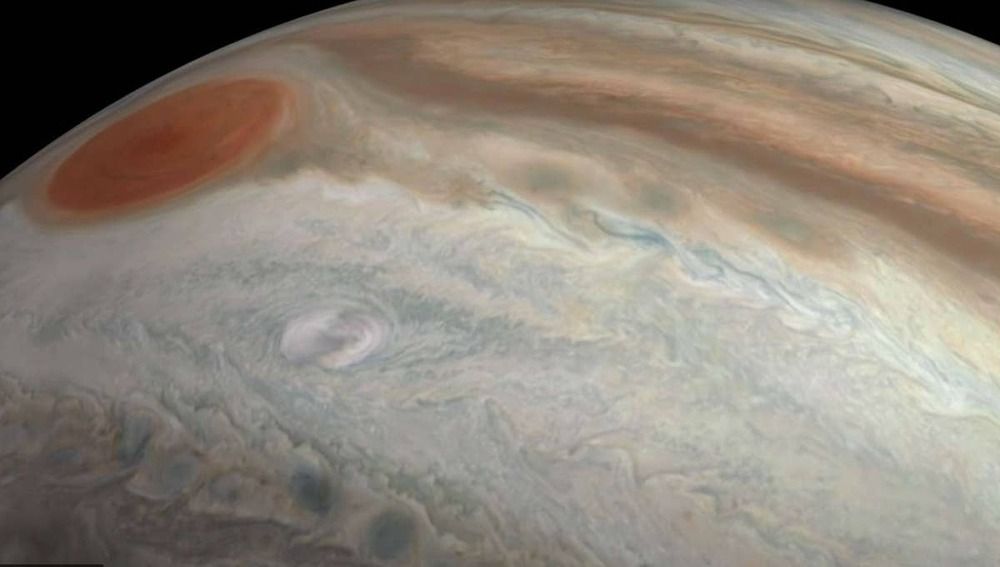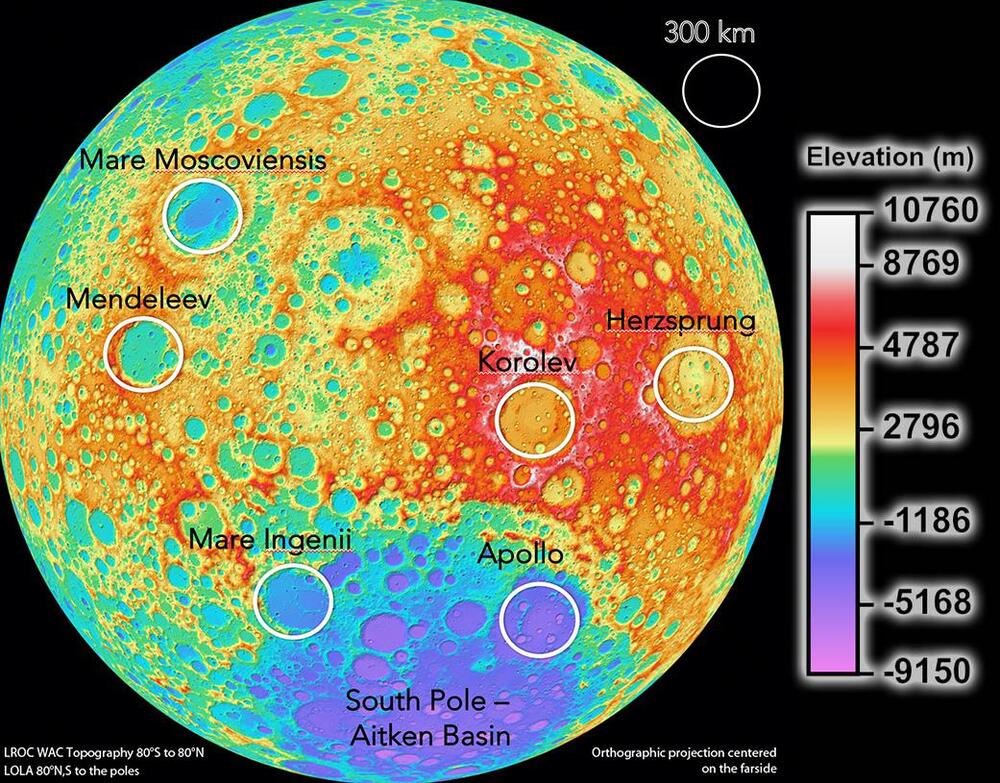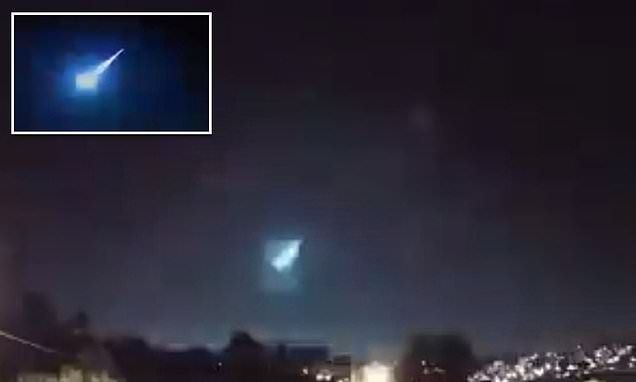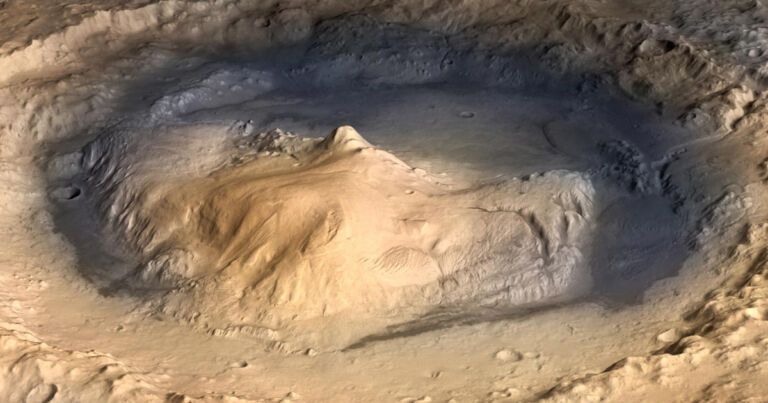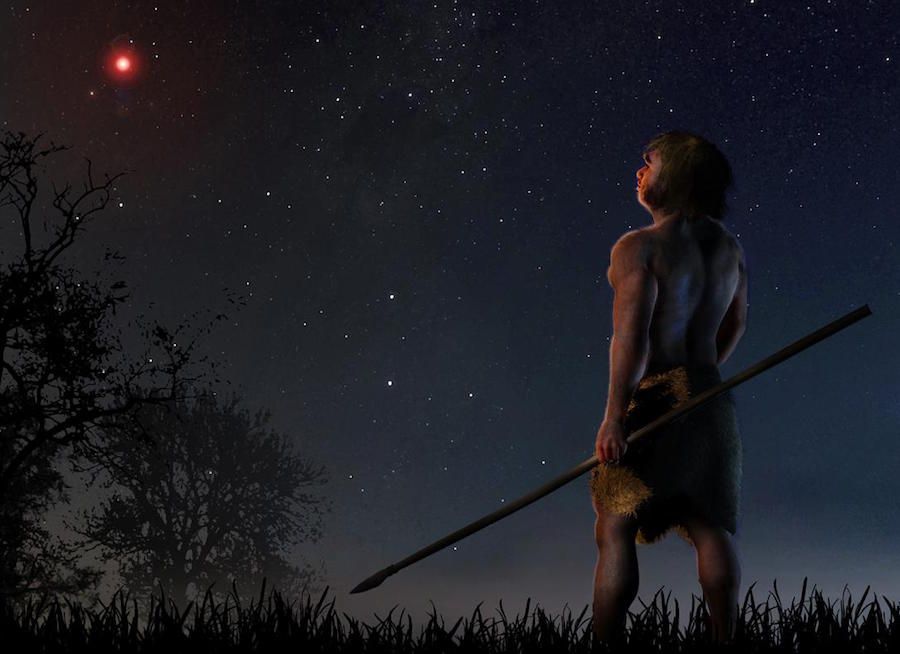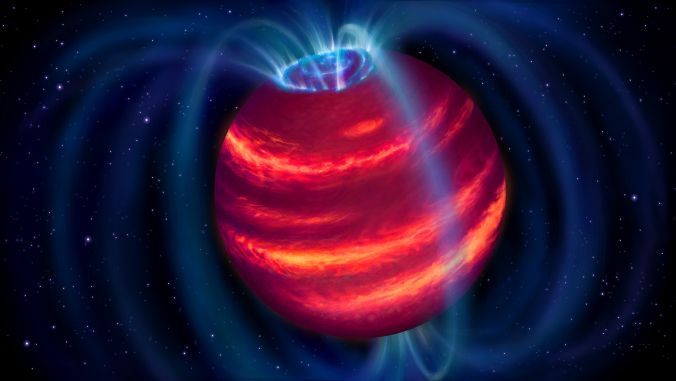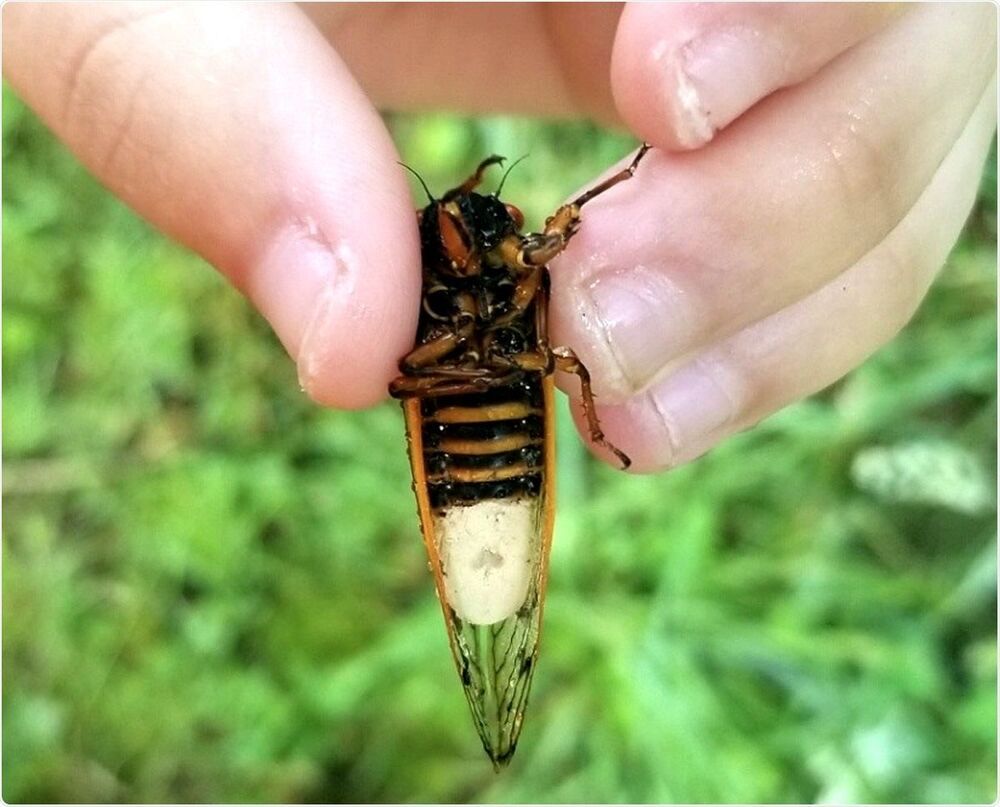NASA’s intrepid Juno spacecraft has been probing and documenting the Jovian system since it first arrived back in July of 2016, after a five-year journey from Earth. While we’ve all seen many of the remarkable photos its instruments and cameras have recorded as it circles the planet, it’s still far removed from the sheer immensity witnessed firsthand by the probe.
To offer up a front row seat aboard Juno, a new five-minute flyby video, comprised of 41 separate images recorded by the craft, delivers a small glimpse of what we’d observe if we were a stowaway passenger as it passed over the gas giant at a range of approximately 2,100 miles above the cloudtops.
